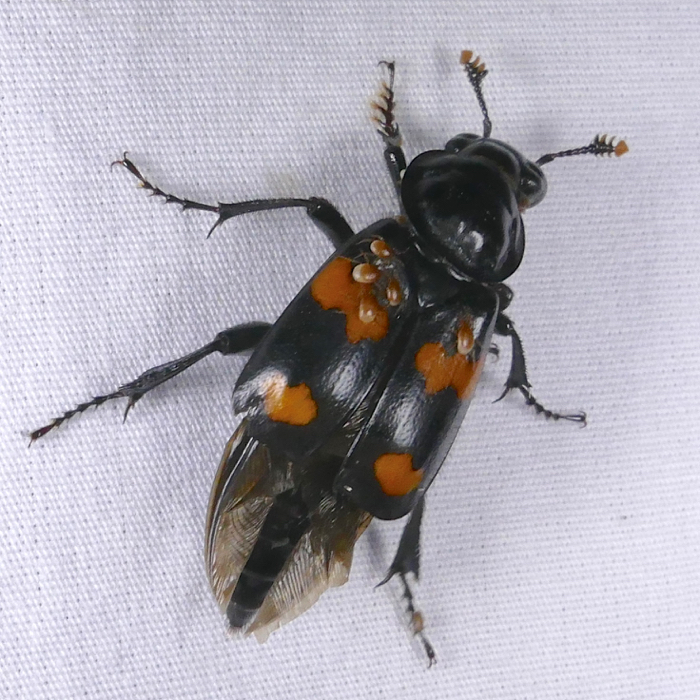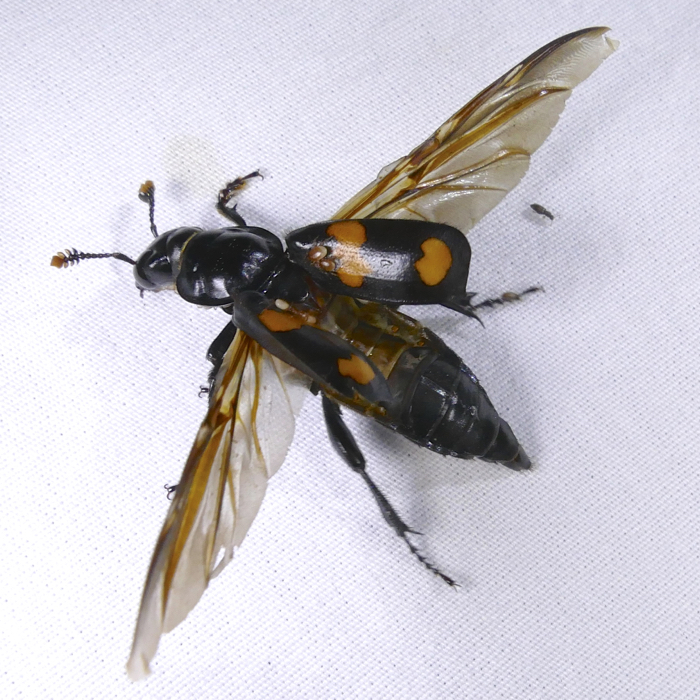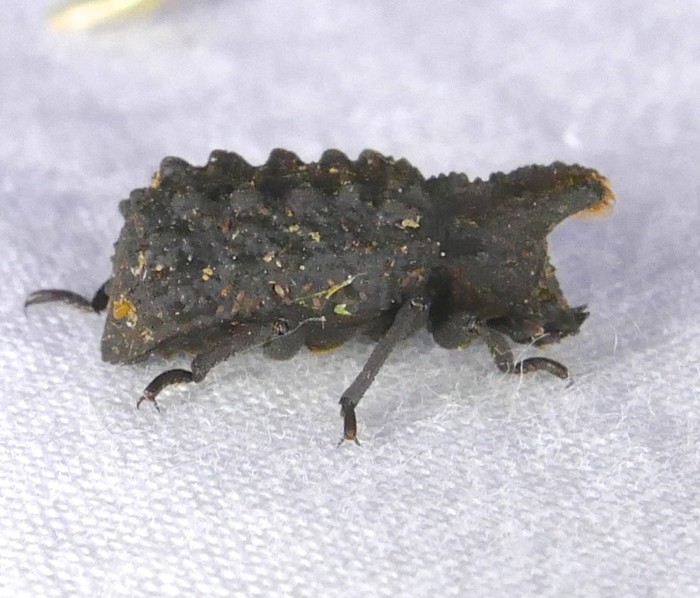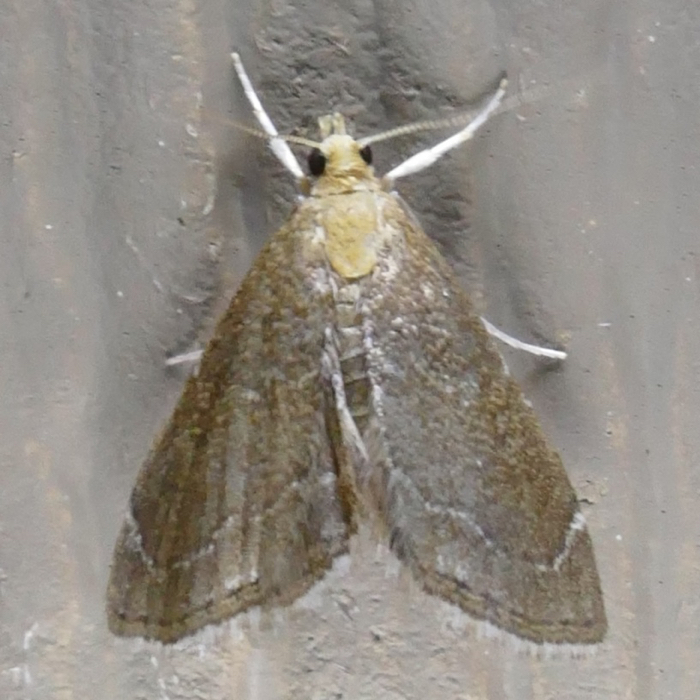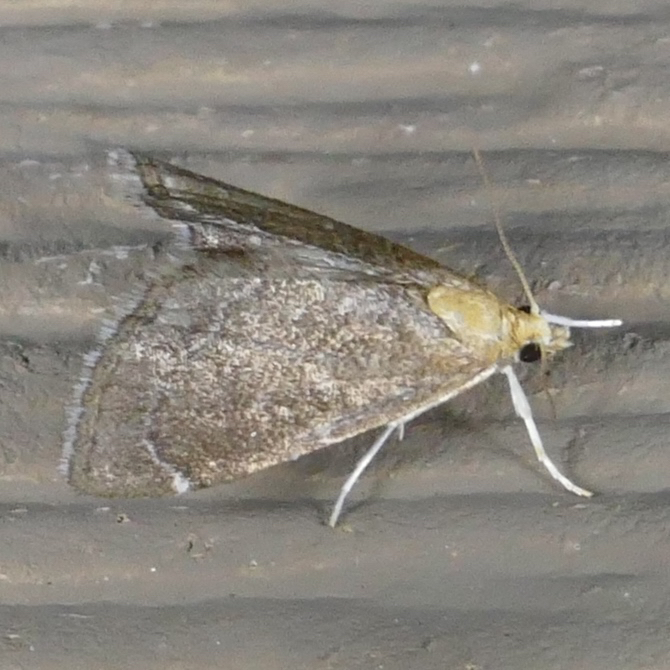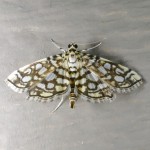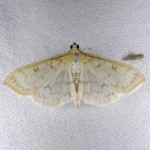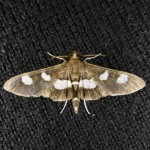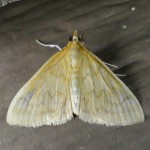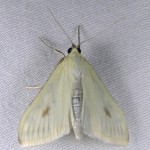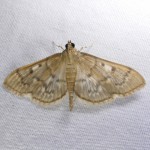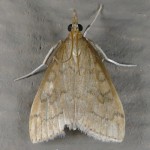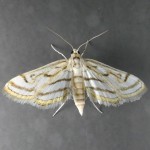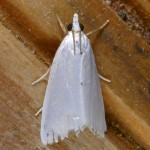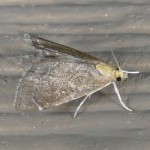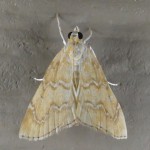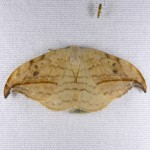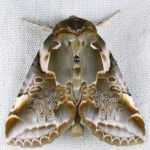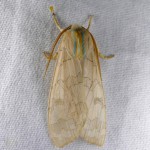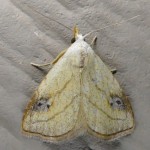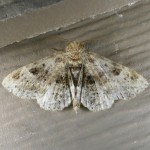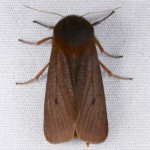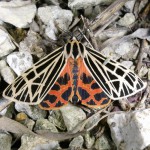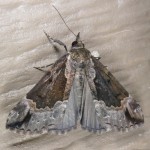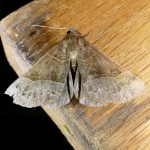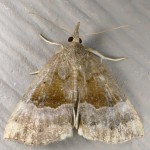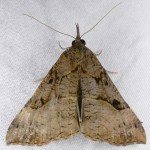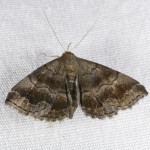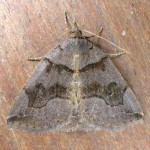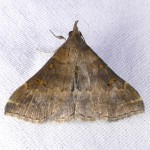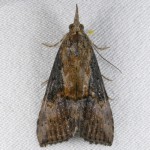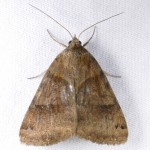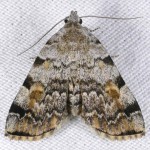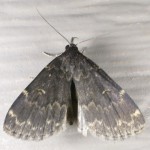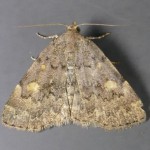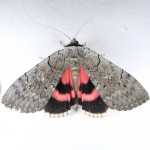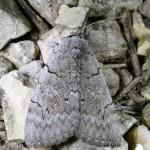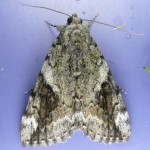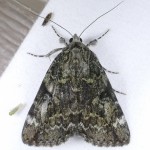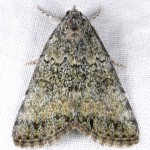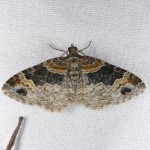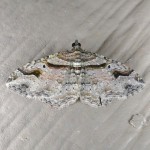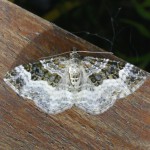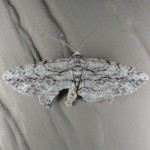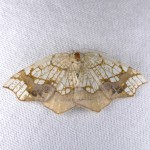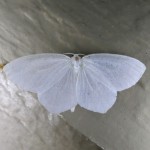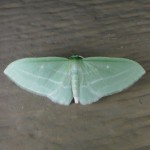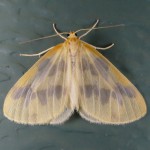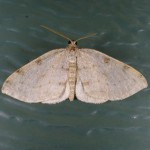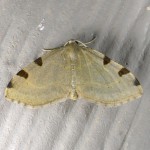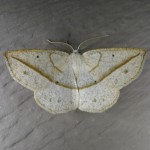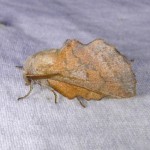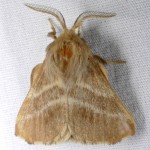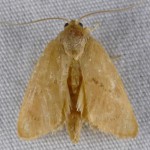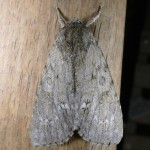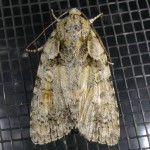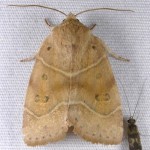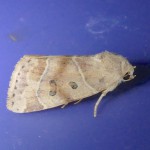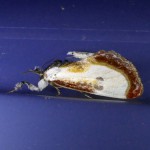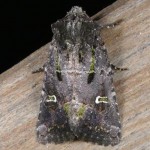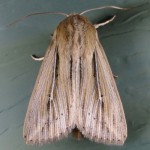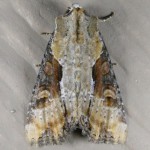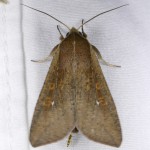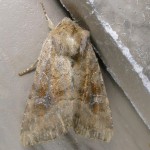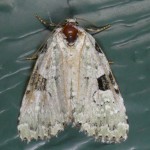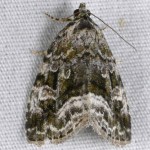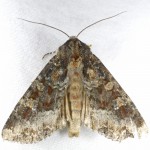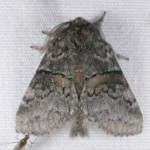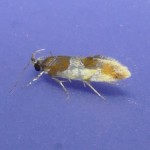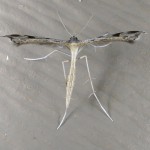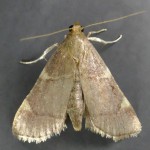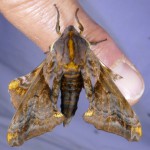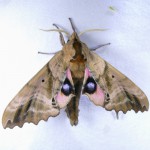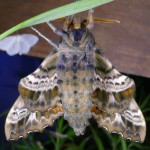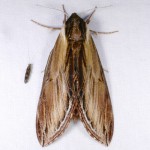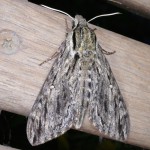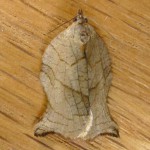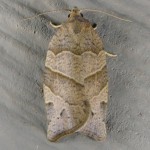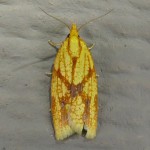We held our annual Moth Party last week – on July 18, 2015. The party was to celebrate National Moth Week – a time to observe and learn about moths and other nighttime wildlife. We had a wonderful time – lots of nice folks, great conversations, and interesting moths.
We did hikes around our prairies, had a big potluck dinner, and once it got dark, saw lots of moths.
Here are some of the hikers – Ethan, Laen, Marcie, Joe, Liz – in the bright afternoon sun.
And the social scene
We saw several other creatures at the lights, in addition to the moths.
This is a Sexton Beetle. It has mites that ride on its back – the small red bumps near the top of its wings. The beetles eat carrion, and the mites eat fly larvae that are on the carrion.
Sexton Beetle with its wings spread
A Forked Fungus Beetle – it eats fungi.
This is the one moth that I couldn’t identify. I think it may be an Underwing Moth, possibly Catocala amica – The Girlfriend Underwing, but I didn’t look at the hind wings, and the upper wing patterning is unusual. So this one will probably have to stay unidentified.
We added one new species to my farm list. This is Stegea eripalis – it doesn’t have a common name.
A side view
Here are all the moths we saw. I’ve labeled them with common names, but if you click on a photo to see the larger image, the scientific name is in the URL.
The moths with crisp markings and smooth edges on their wings are freshly emerged. As they live longer, the tiny scales that give their wings color get worn off, and sometimes birds or other predators take bites out of their wings.
- Bog Lygropia
- Bold Feathered Grass Moth
- Grape Leaffolder
- Hahncappsia
- Carrot Seed Moth
- Serpentine Webworm
- Celery Leaftier
- Chestnut-marked Pondweed Moth
- Snowy Urola
- Stegea eripalis
- White-roped Glaphyria
- Arched Hooktip
- Glorious Habrosyne
- Banded Tussock Moth
- Spotted Grass Moth
- Common Fungus Moth
- Ruby Tiger Moth
- Virgin Tiger Moth
- Baltimore Snout
- Deceptive Snout
- Gray-edged Snout
- Large Snout
- Black-banded Owlet
- Variable Fan-foot
- Sociable Renia
- Green Cloverworm
- Clover Looper
- American Idia
- Glossy Black Idia
- Common Idia
- Pink Underwing
- Pink Underwing
- The Little Nymph
- The Little Nymph
- possibly Girlfriend Underwing
- Red Twin-spot
- Bent-line Carpet
- White-banded Toothed Carpet
- Common Gray
- Horned Spanworm
- Snowy Geometer
- The Bad Wing
- The Beggar
- Three-patched Bigwing
- Three spotted Fillip
- Confused Eusarca
- American Lappet
- Eastern Tent Caterpillar Moth
- Red-crossed Button Slug Moth
- American Dagger
- Ovate Dagger
- American Dun Bar
- American Dun Bar
- Beautiful Wood Nymph
- Bristly Cutworm
- Dark-lined Wainscot
- Double-lobed
- The White-speck
- Veiled Ear Moth
- Green Leuconycta
- Large Mossy Glyph
- Yellow-headed Cutworm
- Common Gluphisia
- Orange-headed Epicallima
- Plume Moth
- Yellow-fringed Dolichomia
- Posturing Arta
- Small-eyed Sphinx
- Blinded Sphinx
- Blinded Sphinx – underside
- Laurel Sphinx
- Hermit Sphinx
- Omnivorous Leafroller
- Woodgrain Leafroller
- Sparganothis Fruitworm





